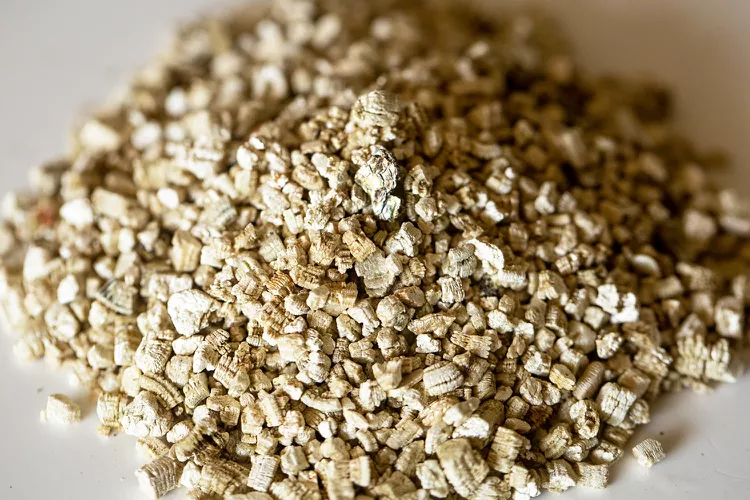Dec . 10, 2024 20:41 Back to list
Sustainable Wall Materials for Green Building Design and Construction Solutions
Green Building Wall Materials A Sustainable Choice for Modern Construction
In recent years, the construction industry has witnessed a significant shift towards sustainability, with green building practices gaining traction as a means to address environmental challenges. Among the various components that contribute to sustainable architecture, wall materials play a crucial role. The choice of wall materials can significantly impact energy efficiency, resource conservation, and overall building performance. This article explores various green building wall materials, their benefits, and their role in fostering sustainable development.
The Importance of Wall Materials in Green Building
Wall materials are not just structural components; they significantly influence a building’s thermal performance, acoustics, and overall comfort. Traditional wall materials, such as concrete and brick, while robust, can have substantial environmental downsides due to high energy consumption in their production and poor insulation properties. In contrast, green wall materials are designed to minimize these environmental impacts while providing adequate protection against the elements.
Types of Green Building Wall Materials
1. Recycled Materials The use of recycled materials is one of the most effective ways to promote sustainability in building practices. Walls made from recycled steel, glass, or even reclaimed wood reduce the demand for new raw materials and help divert waste from landfills. For example, recycled steel is not only strong and durable but also requires significantly less energy to process than virgin steel.
2. Sustainable Wood Products Wood is a traditional building material that can be sustainable if sourced responsibly. Certified wood products, such as those bearing the Forest Stewardship Council (FSC) label, ensure that the wood comes from well-managed forests that prioritize ecological balance. Additionally, engineered wood products, like cross-laminated timber (CLT), offer excellent structural properties and are considered a low-carbon alternative to concrete and steel.
3. Insulated Concrete Forms (ICFs) ICFs are an innovative building solution that combines concrete with insulation for superior thermal performance. These forms are lightweight, easy to assemble, and provide beneficial insulation properties that enhance energy efficiency. By reducing the amount of energy required for heating and cooling, ICFs help lower a building's carbon footprint.
green building wall materials

4. Bamboo Known for its rapid growth and strength, bamboo is an excellent renewable resource for wall construction. Bamboo walls are not only aesthetically pleasing but also provide good insulation. Moreover, since bamboo can grow up to three feet in 24 hours, its use in construction significantly reduces deforestation pressures.
5. Straw Bales Straw bale construction is a centuries-old technique gaining renewed attention in green building. Straw bales provide excellent insulation and are made from a renewable agricultural byproduct, making them an eco-friendly choice. Additionally, straw bale walls can be finished with natural plasters, adding to their aesthetic appeal and sustainability.
Benefits of Using Green Wall Materials
The transition to green building wall materials brings numerous benefits, both environmentally and economically. By minimizing resource consumption and waste, these materials contribute to a smaller ecological footprint. Furthermore, buildings constructed with sustainable materials often enjoy lower energy costs due to enhanced insulation and energy-efficient systems.
Choosing green wall materials can also lead to improved indoor air quality. Many traditional building materials release volatile organic compounds (VOCs), which can have adverse health effects. Green materials, on the other hand, typically have lower or no VOC emissions, creating healthier indoor environments.
Conclusion
As the construction industry moves toward more sustainable practices, the selection of green building wall materials emerges as a critical aspect of this transformation. By opting for recycled materials, sustainably sourced wood, insulated concrete forms, bamboo, and straw bales, builders can significantly reduce their environmental impact while creating comfortable, energy-efficient spaces. The shift to greener wall materials not only benefits the planet but also paves the way for a healthier and more sustainable future in building design. As awareness of sustainable practices continues to grow, the hope is that the construction industry will increasingly embrace these environmentally friendly materials, making green building a standard, rather than an exception.
-
Fe-C Composite Pellets for BOF: Enhance Steelmaking Efficiency
NewsAug.07,2025
-
Eco-Friendly Granule Covering Agent | Dust & Caking Control
NewsAug.06,2025
-
Fe-C Composite Pellets for BOF: High-Efficiency & Cost-Saving
NewsAug.05,2025
-
Premium Tundish Covering Agents Exporters | High Purity
NewsAug.04,2025
-
Fe-C Composite Pellets for BOF | Efficient & Economical
NewsAug.03,2025
-
Top Tundish Covering Agent Exporters | Premium Quality Solutions
NewsAug.02,2025
